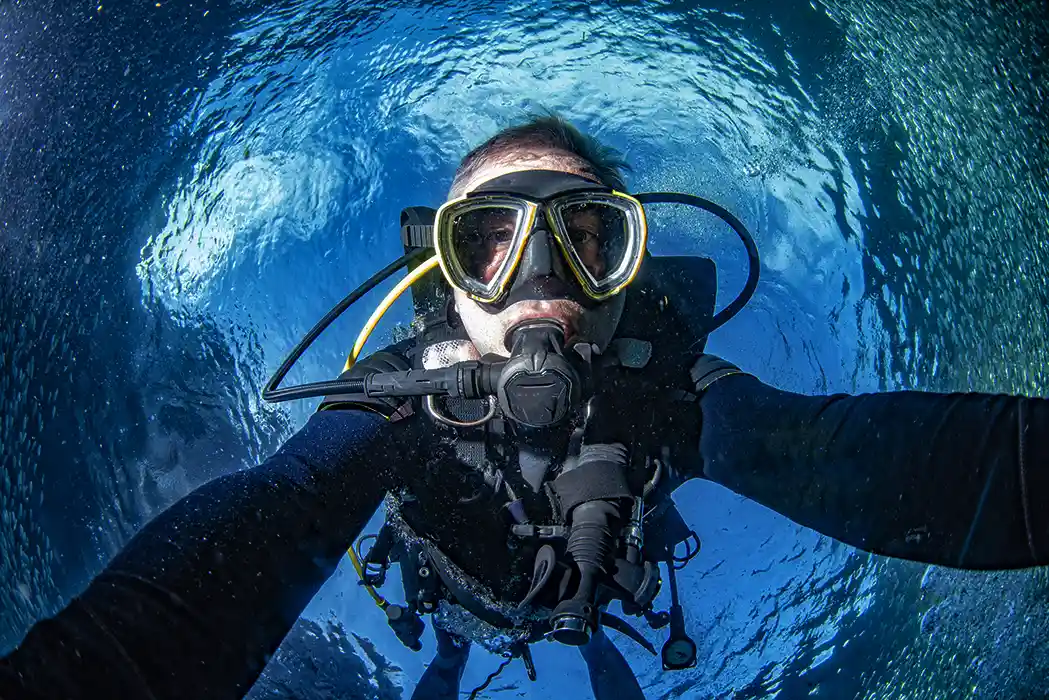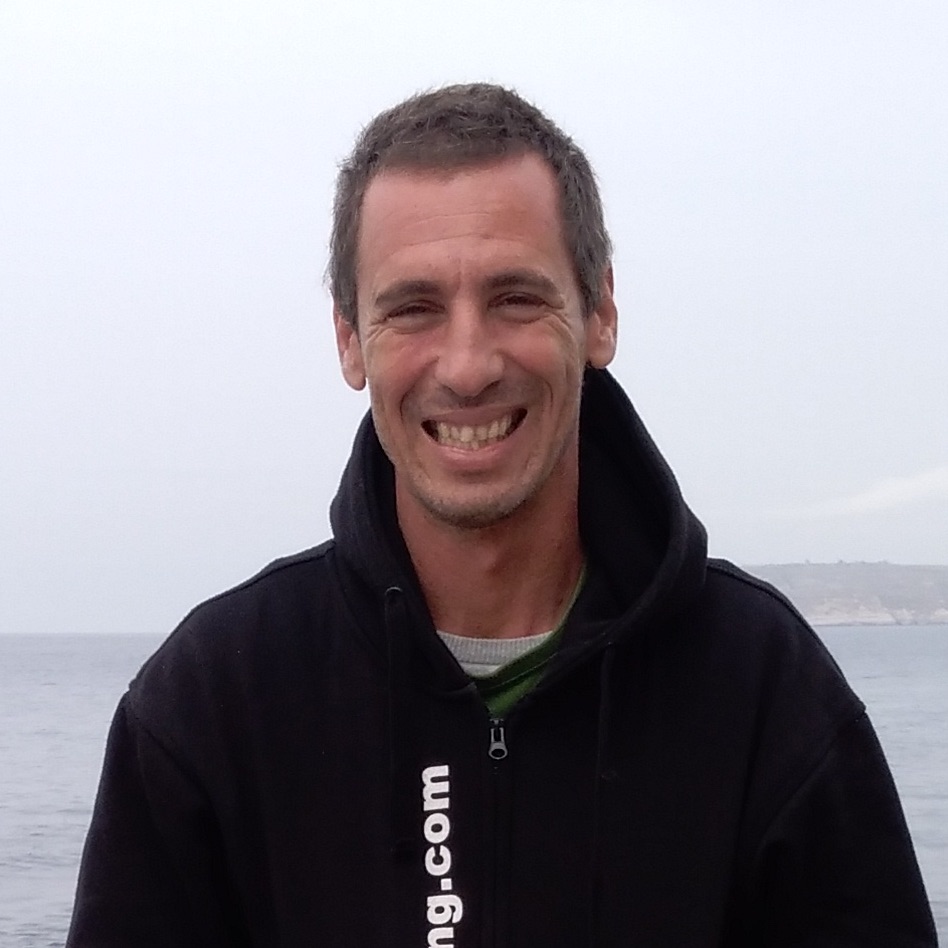At Bezz Diving, you have a choice of agencies when you do your training. You may wonder which one is the best. As an instructor for both agencies, I’d like to give you the low-down.
STANDARDS
Both agencies have set standards based on years of research and industry best practice. The differences noticeable to a student are relatively minor, but they have greater implications for the instructor. Standards govern things, such as class sizes and depth limits based on age and experience. They also determine what skills are taught and the sequence of those skills.
Many instructors prefer the SSI approach, which gives instructors much more flexibility in the sequence of skills that the student learns, while PADI maintains that skills cannot be moved from one in-water session to another, although the order of skills can be altered within a session.
TRAINING PATH
The PADI philosophy is for students to complete the Open Water course, go on and do the Advanced Open Water course, supplement their diving education with Specialty courses, and ideally, take the Rescue Diver course. As a non-professional diver, a recreational diver can reach the level of Master Scuba Diver by completing the Rescue Diver course and 5 Specialty courses, as well as being able to show evidence of having done 50 dives. In 2017, the application fee for the Master Scuba Diver rating has been waived by PADI.
The SSI path is slightly different. The focus after the Open Water course is more on Specialty courses. SSI do offer an Advanced Adventurer course, which is very similar to the PADI Advanced Open Water course (5 dives, each course is the first dive of a Specialty course) but to be recognised as an Advanced Open Water diver with SSI, you must have completed 4 Specialty courses and have 24 logged dives. SSI will automatically award this rating on meeting these requirements, with no additional charge. SSI have other awards that recognise training and experience, that are automatically given at no extra charge. These include: Master Diver (4 Specialties + Diver Stress and Rescue + 50 dives), Century Diver (100 logged dives), Silver 300 Diver (300 logged dives), Gold 500 Diver (500 logged dives).
TRAINING MATERIALS
PADI still offers some course materials solely in printed form, but many of the common courses are offered as eLearning. At Bezz Diving, we recommend the eLearning route so that you can complete your study at home before your holiday in Malta. This leaves you free to relax in the evenings instead of worrying about homework. Of course, it is always possible to purchase your printed manual in your home country and study before you travel.
SSI offers all course theory online only. The advantages of this approach are many: the material is always up to date, there is no heavy manual to carry around, and the environmental impact is lower. SSI online training tends to be cheaper than that offered by PADI.
As an instructor, I prefer my students to have done the eLearning. I can see where the student is up to with their study and we can answer any questions before they arrive. This gives us more time to focus on the diving. I do like to have a printed copy of the manual on hand at the dive site so I can go through knowledge reviews with my students to see if there are weak areas before the dive. In this respect, I prefer teaching PADI courses as the printed material is very good.
COURSE CONTENT
Some courses are extremely similar, but some, for example the Wreck Specialty course, are quite different between the agencies. The PADI course comprises 4 dives, which involve noting hazards and points of interest, navigating on a wreck, laying and following a penetration line on the outside of a wreck, and either conducting a wreck penetration under close supervision or organising and executing a non-penetration dive. On the other hand the SSI course is only 2 dives, covering hazards and points of interest, navigating a wreck and using a tether line reel. Penetration diving requires an additional, Extended Range Wreck Diving course.
RECOGNITION
The good news is that both SSI and PADI are globally recognised training agencies, so no matter where you dive, your training and qualifications will be recognised. This means you are free to pick and choose the course and training method you prefer every step of the way. For example, you could do the PADI Open Water course, the SSI Nitrox course, the PADI Wreck course and the SSI Deep course. This would enable you to dive using nitrox, dive up to 40 metres deep or penetrate wrecks to the limits laid out in your training.
It’s only once you decide to become a dive professional (Divemaster and upwards) that you need to choose between agencies, and even then, I’m living proof that if you’re indecisive, you don’t have to choose – you can keep both!







